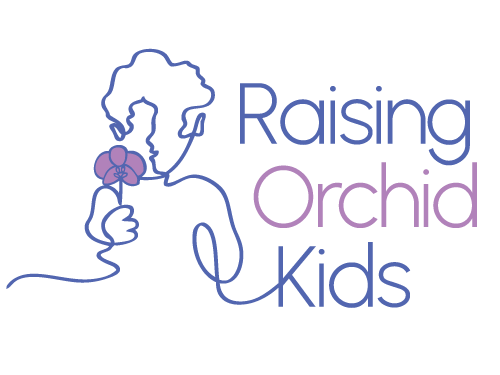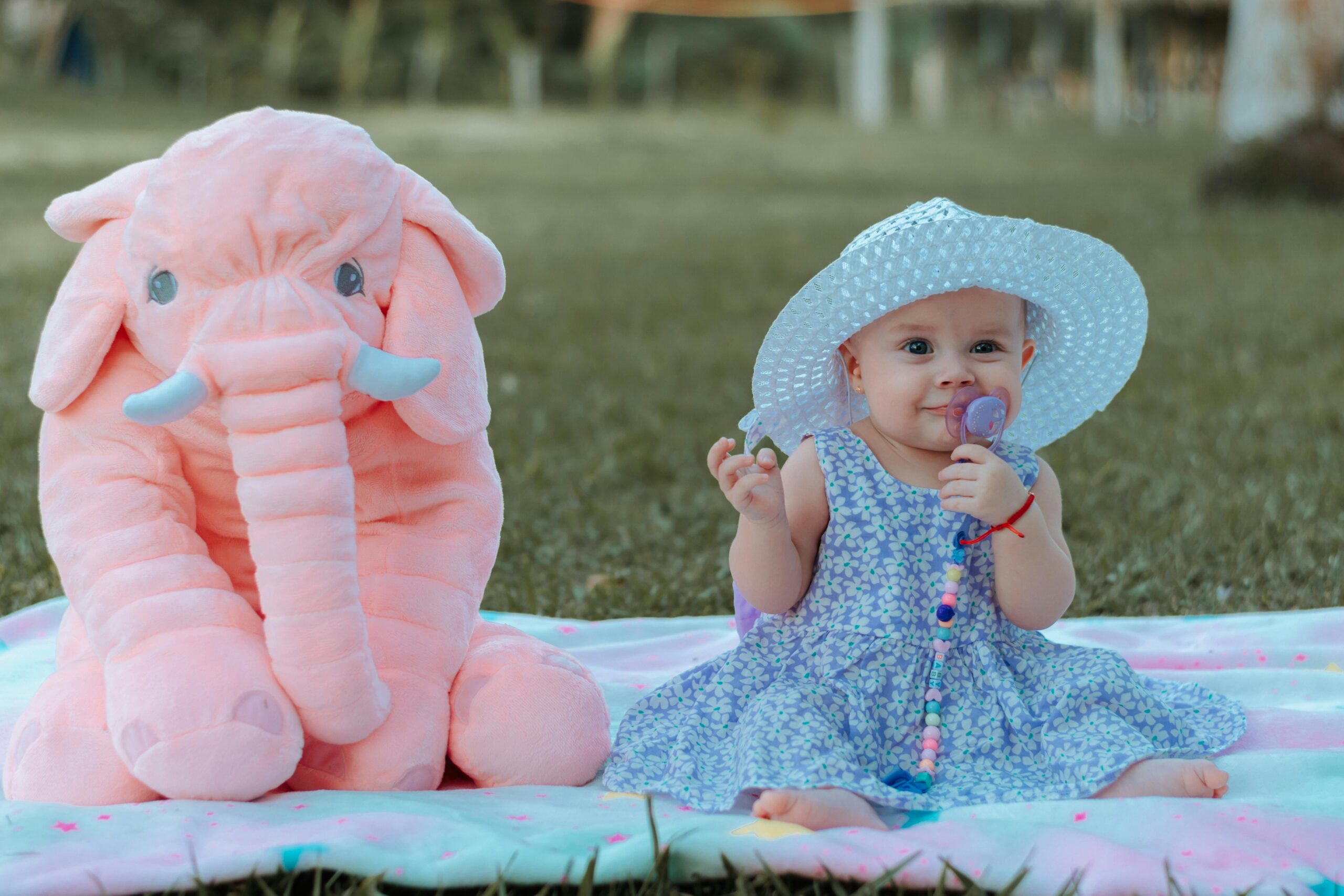There’s a great story about the Blind Men and the Elephant. A group of blind men approach an elephant, which they have never seen, from different perspectives. One man touches the trunk and gets one experience; another the tusk and gets a completely different experience. Still another touches the tail and comes to yet another conclusion. Without putting all of their experiences together, the men cannot form a complete picture of “elephant”.
As speech therapists, we are trained to see things through a certain lens. We have our “ways of doing things”.
And those are some GOOD WAYS, let me tell you! We can help kids and families with a lot of stuff.
But – we don’t see everything and we don’t know everything. We don’t see the whole elephant.
When we are working with families and children, we have to get a complete picture. So that we know which tools we’re going to use. So that we know what changes to make if something doesn’t work. So that we can best serve the needs of the child and the needs of the family.
This week, I had the opportunity to collaborate with the following people on behalf of one of our clients, whom we’ll call M:
- The parents
- The classroom teachers
- The school speech therapist
- The school social worker
- The private occupational therapist
M has just started school for the first time. M struggles primarily with sensory processing challenges, but also with some language-related things like verbally expressing their needs and wants. M also struggles to stay calm and regulated throughout the day due to their sensory challenges, which means that socially, M is working through some things. Things like being able to play near peers; tolerate changes in the play; tolerate when someone else wants to lead the play.
Bringing the whole team together meant that we could each share what we are seeing, while also hearing what others are seeing. We were able to compare notes across home and school. We were able to share impressions based on our different areas of expertise. We were able to begin piecing together a picture of the whole elephant…. Um, child. 🙂
This is, in fact, why we talk about a Whole Child approach as being so important. Because if I think that my lens is the only valid one to look through, I can’t actually help children and families as much as I should.
But when I share information and listen to other professionals’ takes on what they see, we’re able to help children and families make more progress. We’re able to cut through barriers to success. We’re able to move forward so much more smoothly.
It sometimes seems like we don’t have time to collaborate with others. Our days are full, schedules are full, and so are everyone else’s. I’ll tell you this, though: the time that I spend consulting with other professionals is among the best uses of my time. Not just for the client we’re discussing, but also for all my clients generally.
I always learn something that I can take away and apply to my practice. And that’s what makes this job so amazing.
The relationships, combined with the progress we see our clients make as a result of the collaborations, make my day every time and keep me going.

